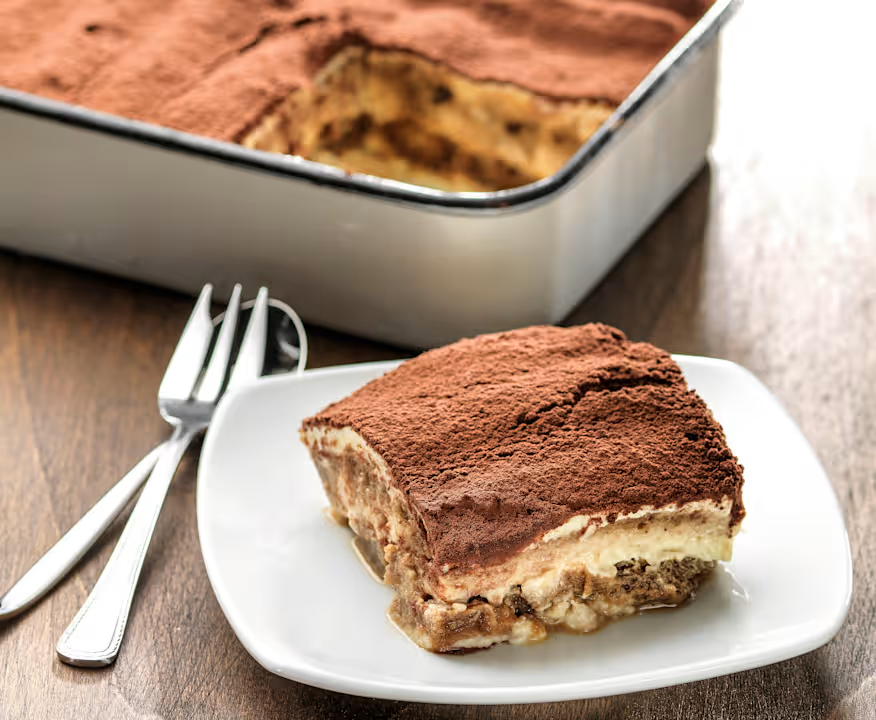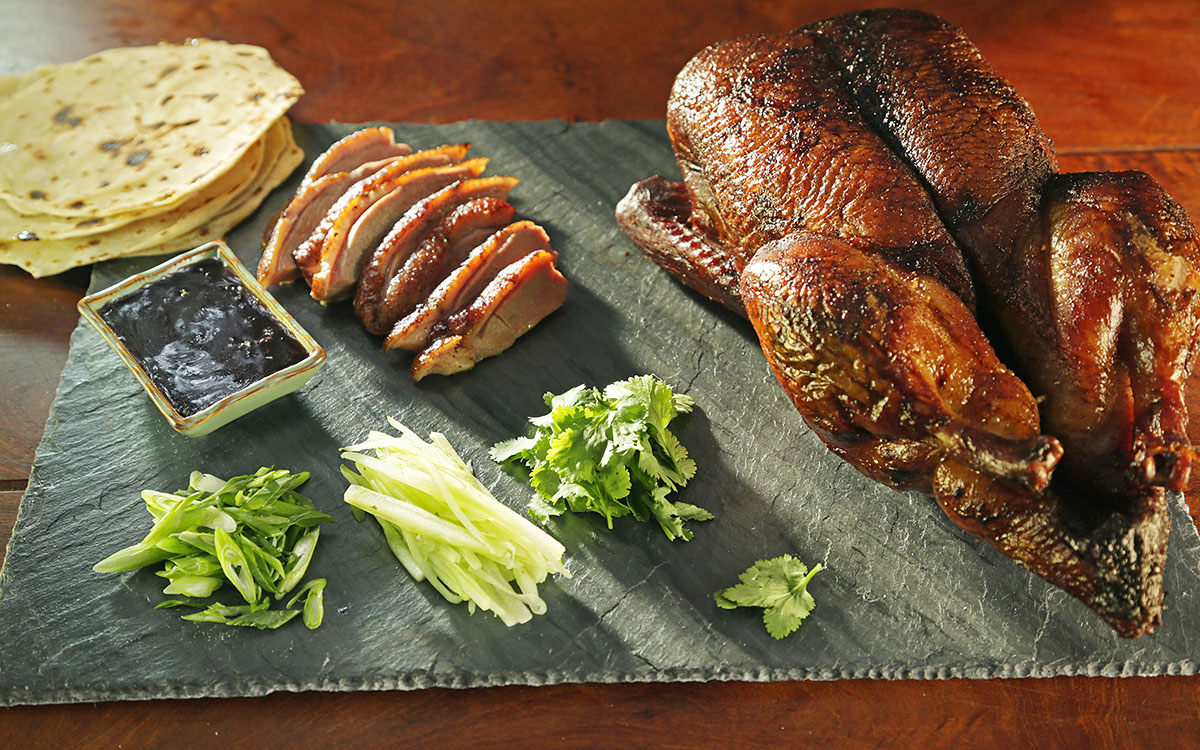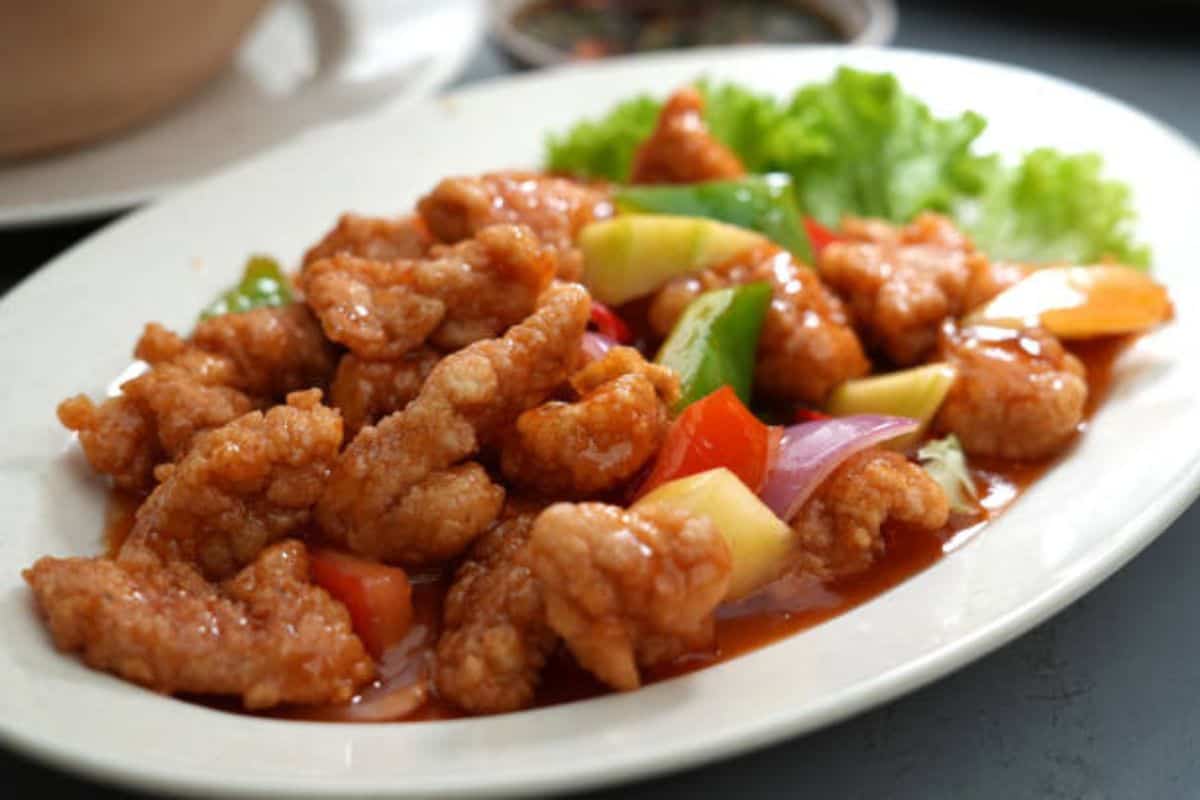Tiramisu – The Invincible Italian Dessert
Introduction
Italian food is globally renowned for its pasta, pizza, and wine. But when it comes to sweets, there is only one name that comes to mind – Tiramisu. This dessert is the perfect blend of bitterness in coffee, creaminess of mascarpone cheese, and richness of cocoa. The name Tiramisu literally means “pick me up” or “cheer me up,” and sure enough, it immediately lifts the spirits of anyone who gets to taste it.
Tiramisu has Italian origins from the Veneto province, or more specifically, the city of Treviso, and is supposedly created in the 1960s. It is now a classic dessert of Italian restaurants and is enjoyed throughout the world.
The History of Tiramisu
The true origin of Tiramisu remains uncertain. Historians trace some to the 17th century, when Duke Cosimo de’ Medici III was treated to a sweet dessert in Tuscany that would later create the concept of Tiramisu. Still, the more common retelling is that the dessert was originally presented during the 1960s at Le Beccherie, a Treviso restaurant.
The motive for developing Tiramisu was to create a dessert that had both luxury and simplicity. Coffee, cocoa, and mascarpone used as ingredients made it a royal dessert, but the recipe itself was so easy that it could be prepared at home.
Ingredients and Significance
Traditional Tiramisu consists of very few main ingredients, and each has a vital role to play:
Ladyfingers (Savoiardi Biscuits): Soft, sponge-textured biscuits that absorb coffee and provide structure to the dessert.
Espresso Coffee: Contributes the rich foundation of flavor, lending Tiramisu its stimulating taste.
Mascarpone Cheese: Contributes a silky, creamy, and rich texture.
Egg Yolks and Sugar: Whipped together to create a velvety custard foundation.
Cocoa Powder: Dusted on the surface for a dark, slightly bitter finish.
Optional Additions: Marsala wine or coffee liqueur (such as Kahlúa) for added richness are sometimes added.
How Tiramisu is Made
Preparing Tiramisu is akin to working on a layered painting:
Sugar and egg yolks are beaten to a pale, creamy custard.
The mascarpone cheese is folded in gently to form a luxurious, velvety mixture.
Ladyfingers are dipped very briefly in the freshly brewed espresso and placed in a tray.
A thick coating of the mascarpone mixture is applied to the biscuits.
The layering is repeated.
Cocoa powder is finally dusted over the top and dessert refrigerated for 4–6 hours.
The outcome is a flawlessly assembled dessert, complimenting the strength of coffee with the gentleness of cream in each bite.
Cultural Significance
Tiramisu is more than a dessert—it’s part of Italian culture. It sits on Italian party, wedding, and family gathering tables. Even its title, “pick me up,” speaks to its power to lift mood and energy.
It is the best-sold Italian dessert in upscale restaurants around the globe and is frequently regarded as a sign of Italian hospitality.
Contemporary Variations
Current Tiramisu does not only have its original recipe. Numerous innovative versions of it are present, such as:
Strawberry Tiramisu: Instead of espresso, uses strawberry puree.
Matcha Tiramisu: A Japanese version with matcha powder replacing cocoa.
Chocolate Tiramisu: Mixes coffee with melted chocolate.
Vegan Tiramisu: Egg- and dairy-free plant-based variant.
These differences render Tiramisu desirable and available to any culture and age.
Conclusion
Tiramisu is a classic Italian dessert that couples simplicity with opulence. It is not merely a dessert—it holds cultural and historical value. If you want to delve into Italian food, tasting Tiramisu is a must.









